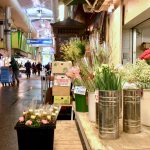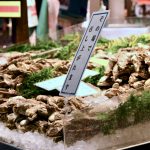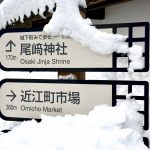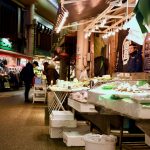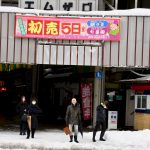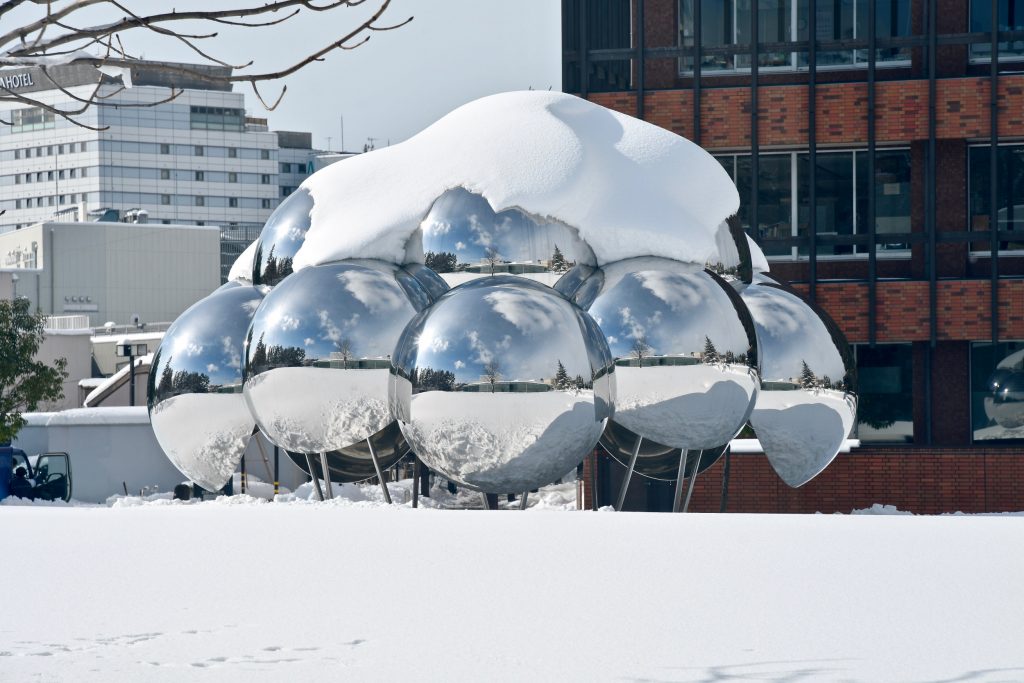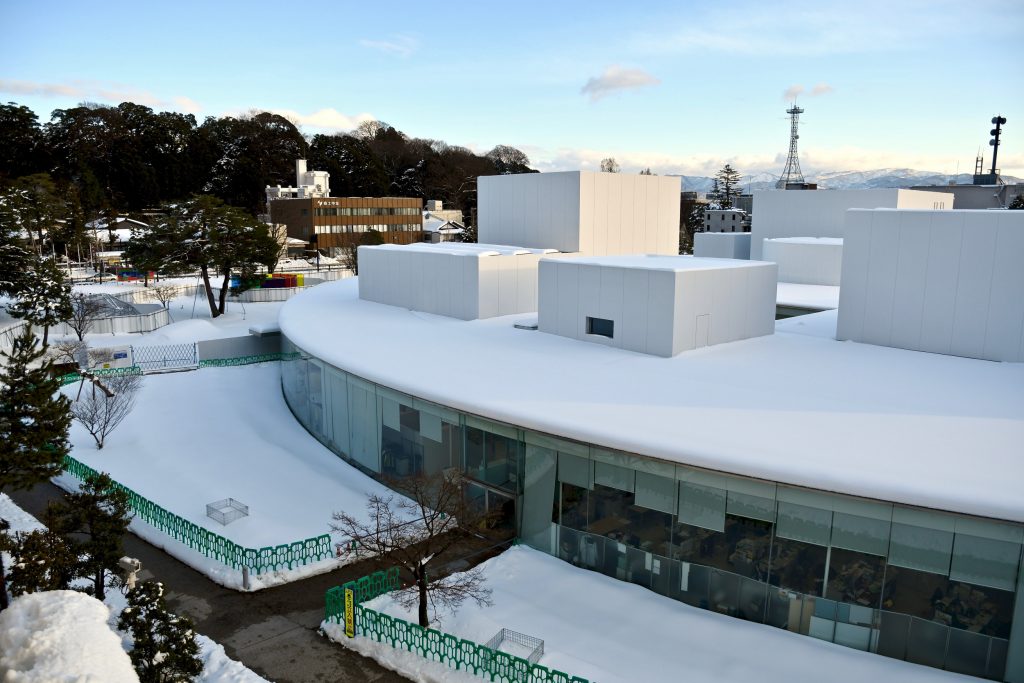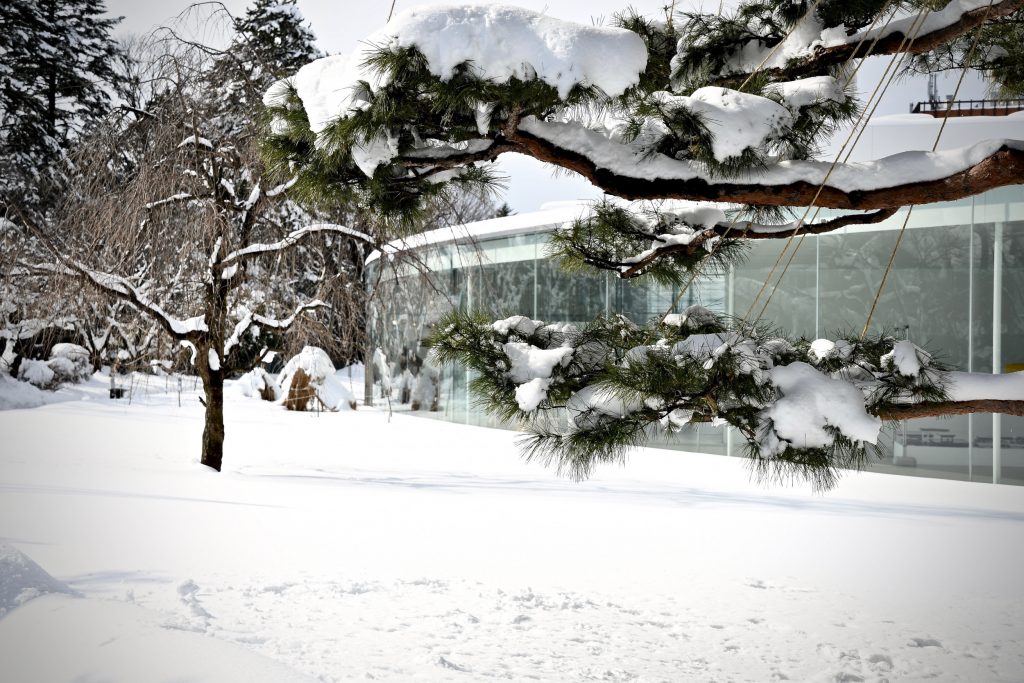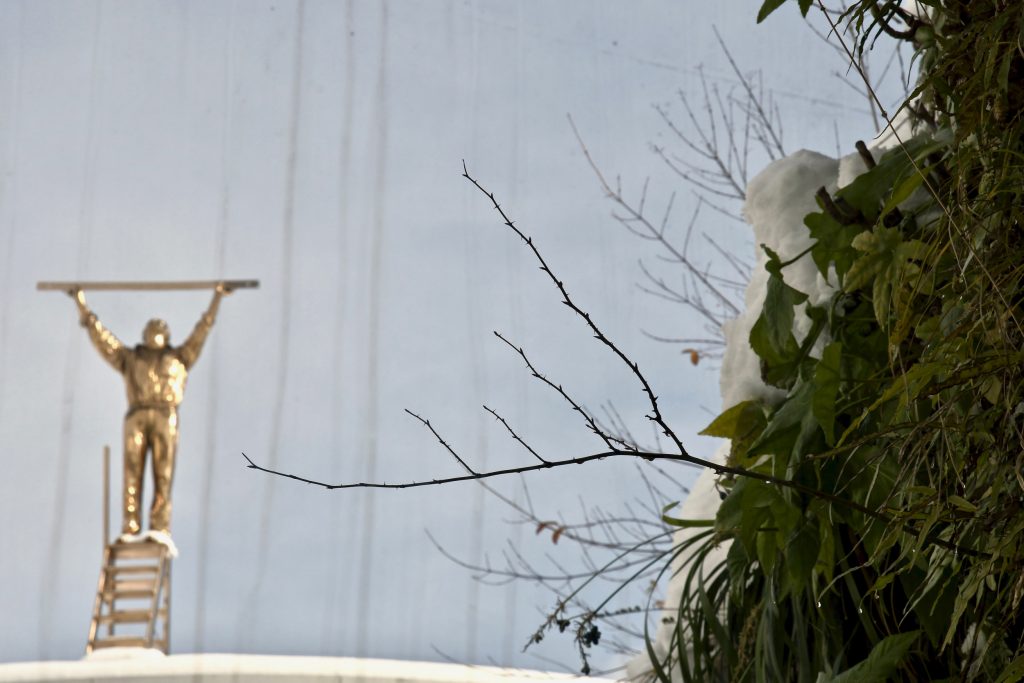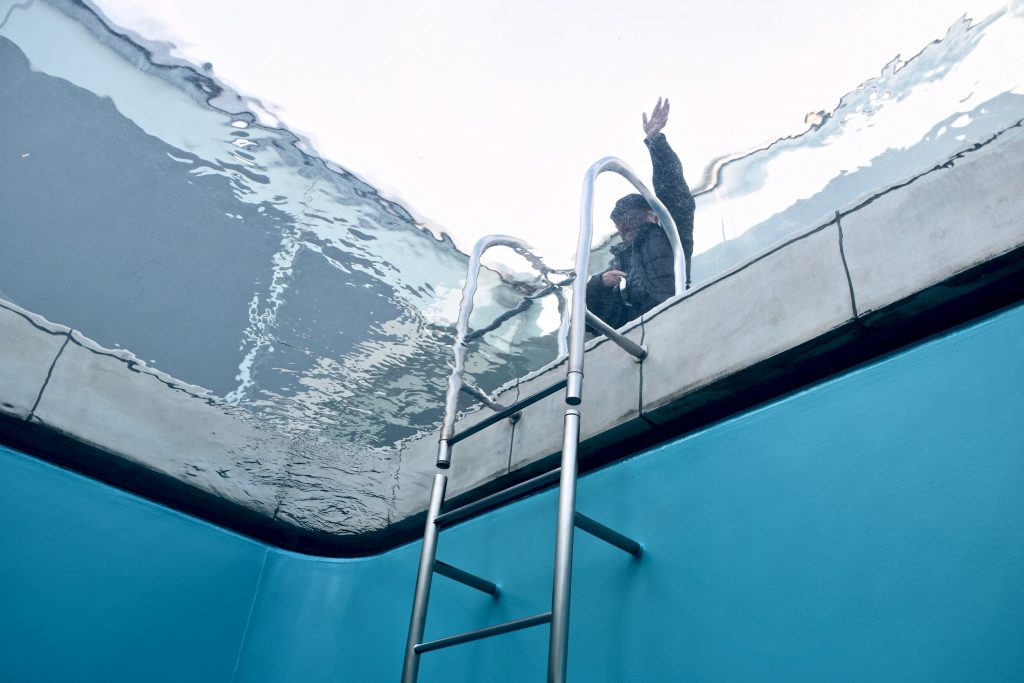
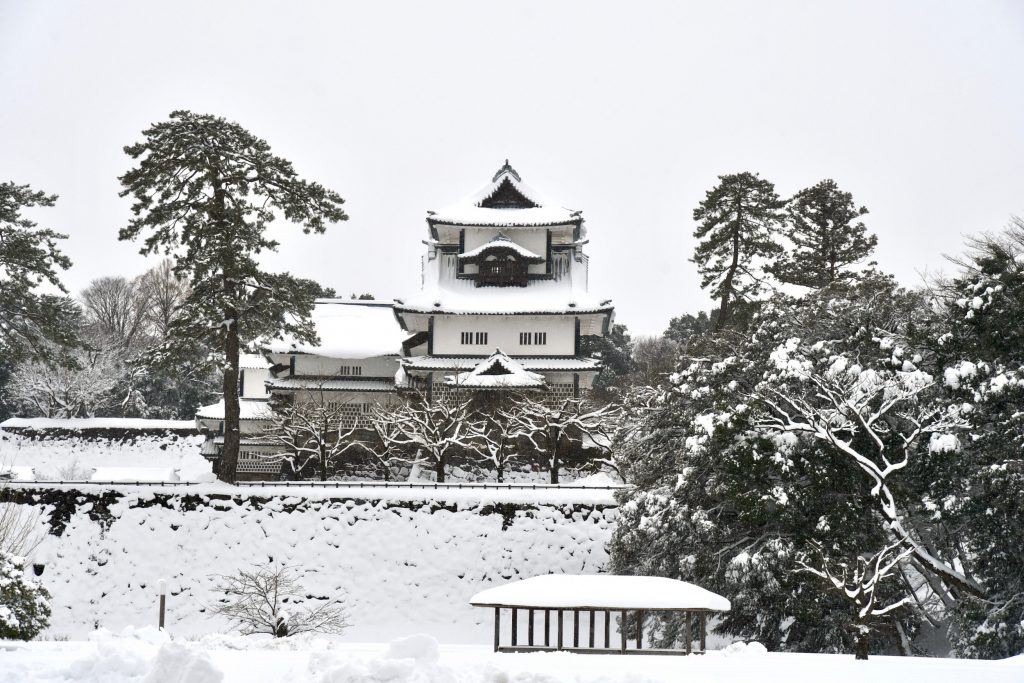
Planning a ski trip to Japan and want to experience Japanese culture?
Just a short bullet train ride from the Nagano Ski Region, consider taking a side trip to Kanazawa, the capital of Ishikawa Prefecture, and discover one of Japan’s cultural hubs.
Kanazawa Cultural History
In medieval Japan there were many daimyo, Japanese feudal lords who used to govern their own domains. Kanazawa’s domain of Kaga-han was the second wealthiest domain in the Tokugawa shogunate. The daimyo famously assembled skilled artisans from all over the country to demonstrate to the Shogun that his intentions were cultural and not territorial and those traditional crafts remain a central part of Kanazawa’s heritage and personality.
Delve in and discover more of Japan and make your next ski trip truly memorable. Here are some of our activities you may want to consider.
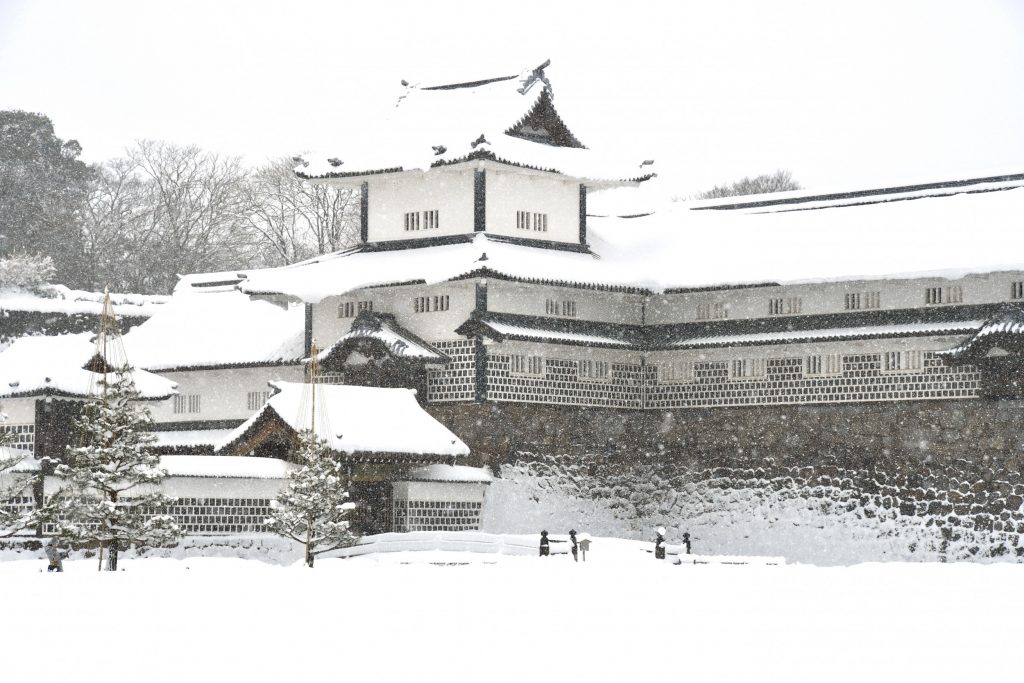
Photo: Phil Osborn
Kanazawa Castle
The first feudal lord Maeda Toshiie entered Kanazawa Castle in 1583. He then started building the castle in earnest and reportedly sought out Takayama Ukon, a well known Christian lord at the time, to learn how to build a great castle. Over the centuries the Kanazawa Castle has evolved with impressive architecture and landscaped gardens.
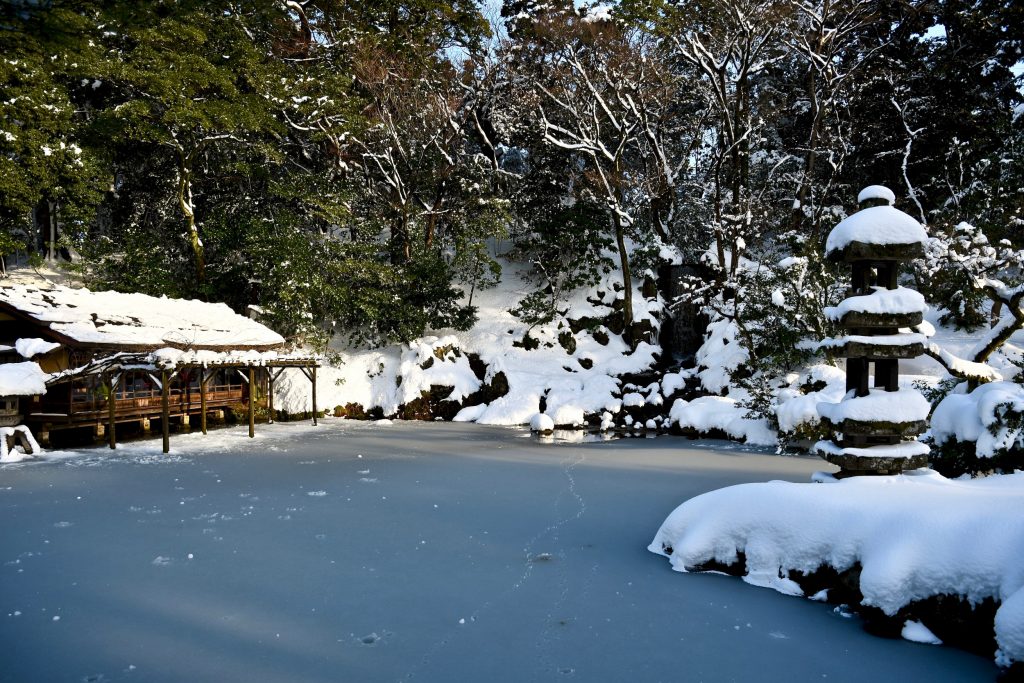
Photo: Phil Osborn
Kenroku-en Garden
Kenroku-en, a strolling-style of landscape garden, is considered to be one of the three most notable gardens in Japan.
During the Edo period (1603 – 1868), Kenroku-en was founded and extended over generations by the feudal lords of Kaga. Located in the heart of Kanazawa, it has been appreciated by locals and tourists from all over the world as a landscape garden that displays a different characteristic beauty in each season.
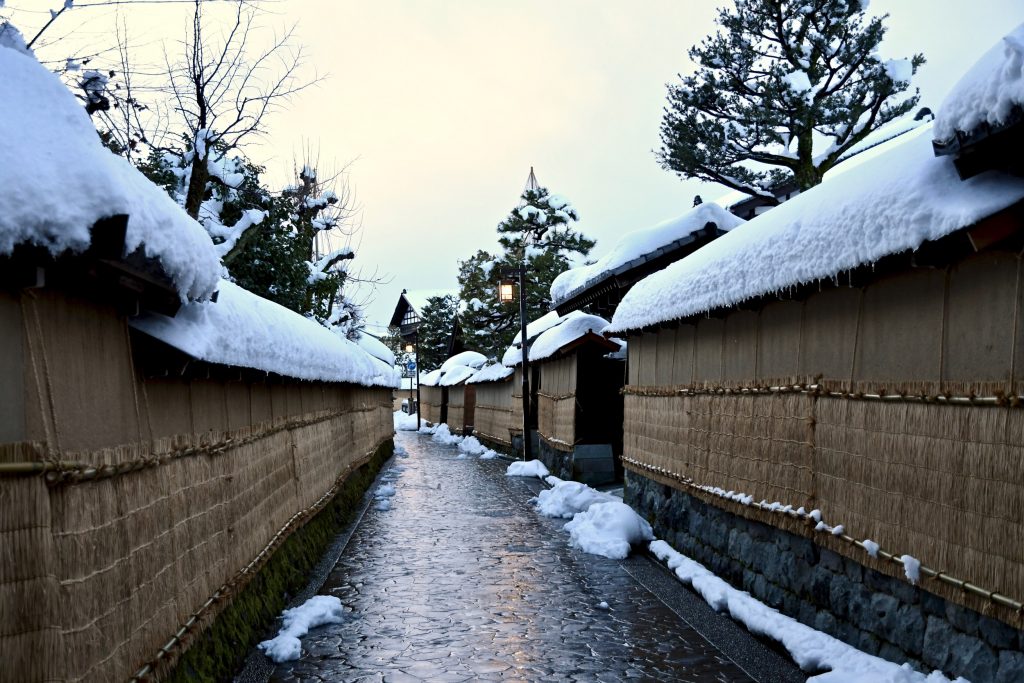
Photo: Phil Osborn
Nagamachi Samurai Residential Area
Kanazawa was a castle town of the Kaga Clan governed by the Maeda family until 1868 (about 280 years) after Maeda Toshiie moved to Kanazawa Castle in 1583. The residences of one of the eight chief retainers of the Kaga Clan were located in the Naga-machi area, where middle-class samurais (members of a feudal powerful military class) lived.
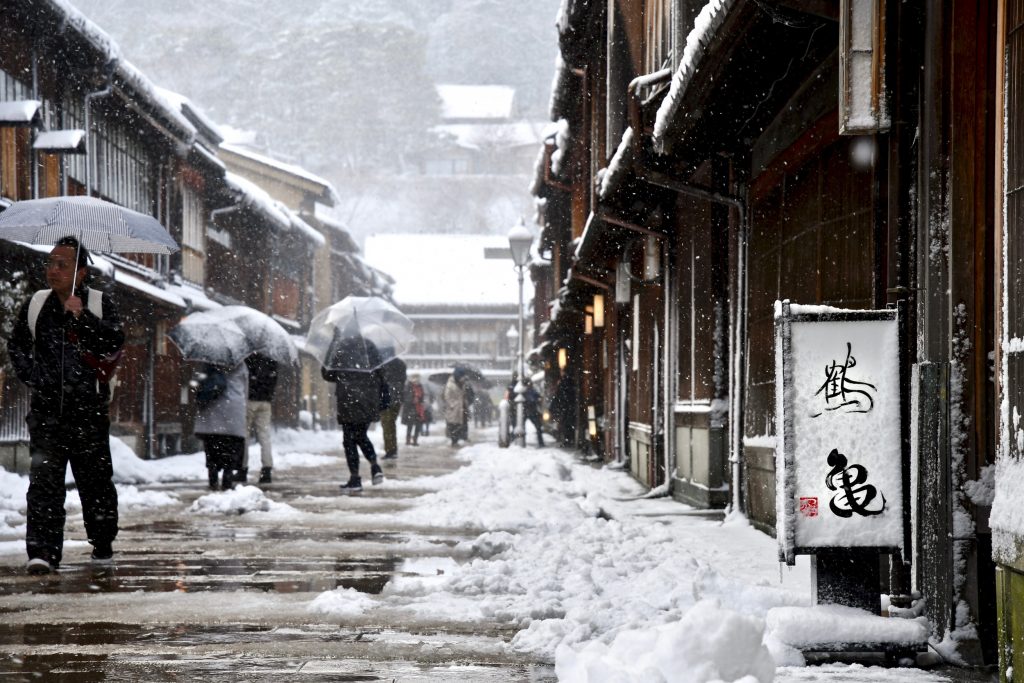
Photo: Phil Osborn
Higashi Chaya District
A chaya is a traditional house of feasts and entertainment and these historical rows of chaya in Kanazawa have been designated as an important preservation district for groups of historic buildings.
Since the Edo period, traditional artists known as Geisha would show guests, wealthy merchants, in the chaya with performances of dances and by playing traditional musical instruments.
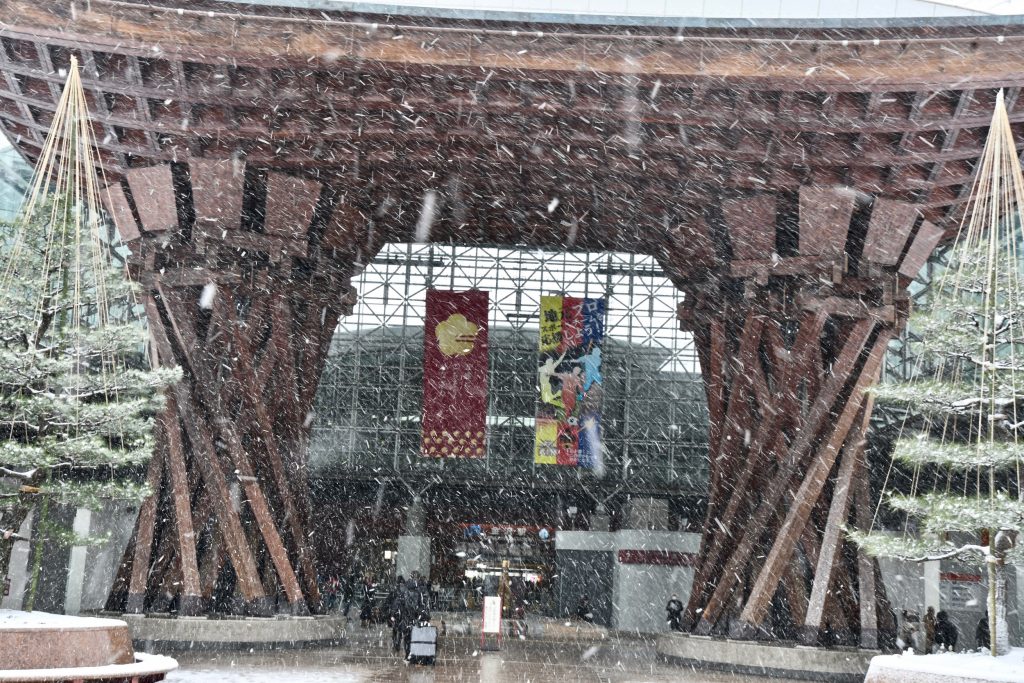
Kanazawa Station Photo: Phil Osborn
Kanazawa Station
Kanazawa Station is JR West Railway’s major station located in Kanazawa. There is a glass dome called “Motenashi (Welcome) Dome,” resembling a huge umbrella, at the east entrance of Kanazawa Station. The dome has a wooden gate called “Tsuzumi-mon,” which symbolizes a traditional Japanese instrument called tsuzumi (hand drum).
Omicho Markets
Established is the mid-18th Century, the Omicho Markets is the breadbasket of Kanazawa. Check out this gastronomic food hub of Kanazawa and see where the locals shop for all their fresh produce.
Photos: Phil Osborn
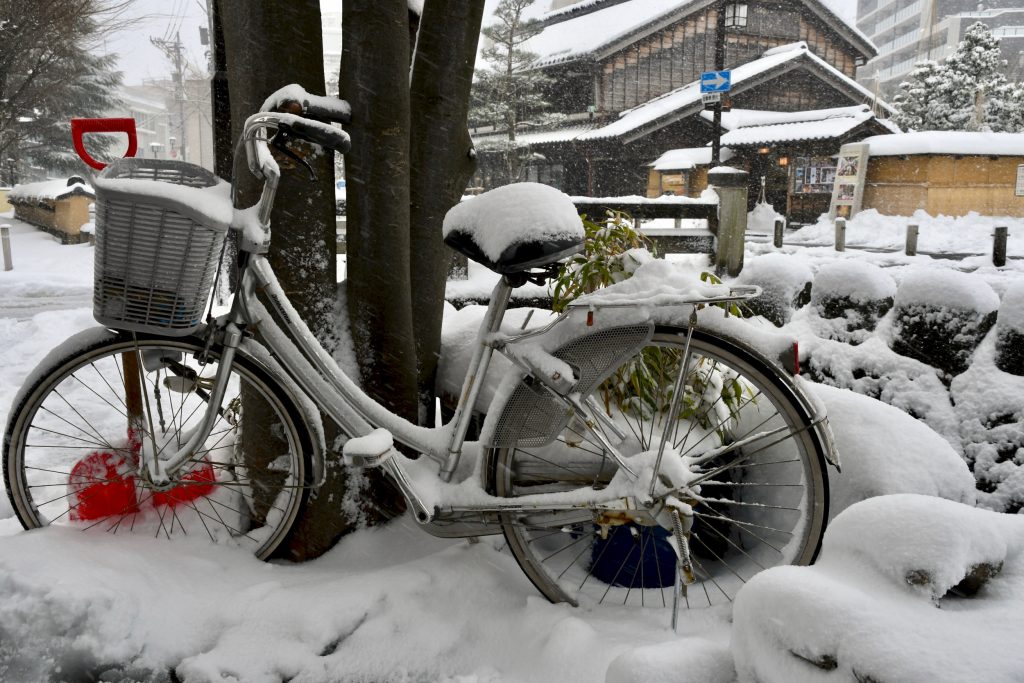
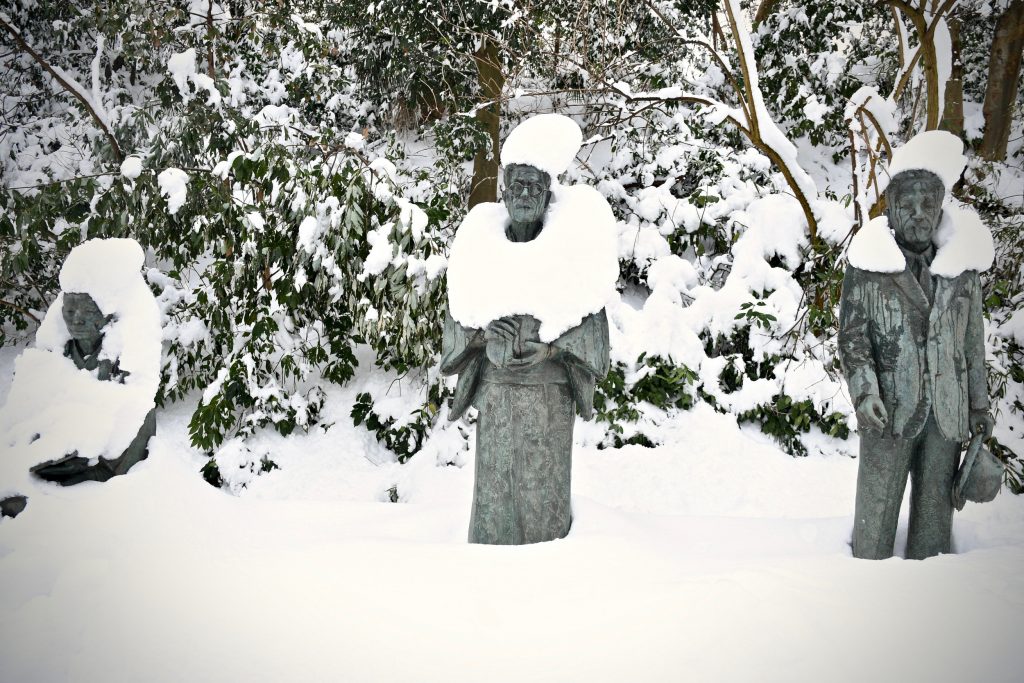
Kanazawa is a character filled compact cultural city. Art is at the heart of the city. Photos Phil Osborn
21st Century Museum of Contemporary Art
The aim of the 21st Century Museum of Contemporary Art is to showcase the best contemporary art and continue to build on Kanazawa’s reputation as one of the world’s great cultural cities. Photos: Phil Osborn
How to get to Kanazawa

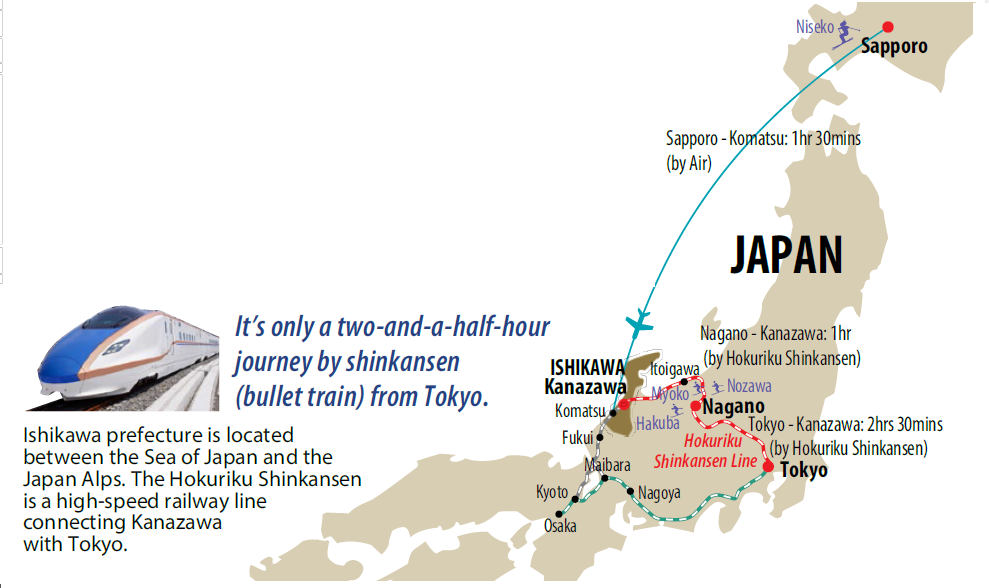
To stay connected, like Discover Ishikawa Facebook page.
For great package deals to Ishikawa click here.

